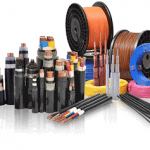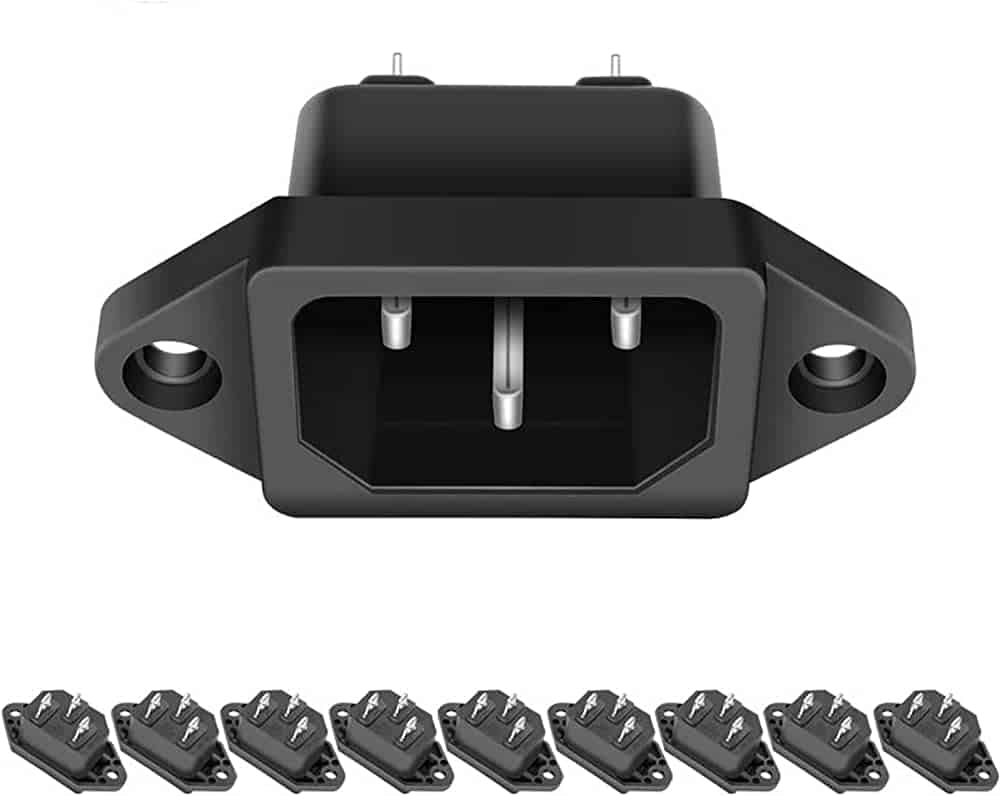
The most popular option for constructing a new structured network cabling system is still copper cables in Dubai, despite the networking industry’s modest increase in the usage of fiber-optic cable. Today’s copper UTP cables come in a range of sizes, with Cat 5e, Cat 6, and Cat 6a now being the most popular ones in the networking business. Copper cabling’s capabilities are always being improved, and there are many different types of copper UTP cables available.

Copper Cable Types
There are now seven distinct categories of copper UTP cable, spanning from categories 1 to 7, and a category 8 cable is currently being created and tested. Copper cable has advanced significantly over the years.
Shielded Twisted-Pair
STP copper cable offers more electromagnetic interference protection than conventional UTP due to its shielding. Hence STP is generally the cable of choice to use in dangerous situations such as those that have high radiation levels or in severely cold circumstances.
Coaxial Cable
Coaxial cable has played a place in the network cabling business for many years albeit is currently largely utilized for linking applications such as satellite T.V., video networks, and CCTV systems.
Final Thoughts
When it comes to establishing new network cabling systems, copper UTP cable is still the top option. To accommodate the finest options for your connectivity needs both now and in the future, DME Prolink takes a more practical approach and recommends having a network established that can support both types of cable.
Who is the reliable telecom services provider in Dubai?

For use in phone calls, data transfer over vast computer networks, and a variety of other applications, DME Prolink offers a large assortment of copper and fiber optic cables as well as networking accessories. Please get in touch with DME Prolink if you’re seeking branded modular jacks in Dubai or have a question about male plugs in Dubai. Our staff is prepared to carry out your requirements.
DME Prolink is the data communication division of ECS global Wire and Cable, that delivers high performance converged datacom solutions. We manufacture complete end-to-end intelligent structured cabling and data center solutions.